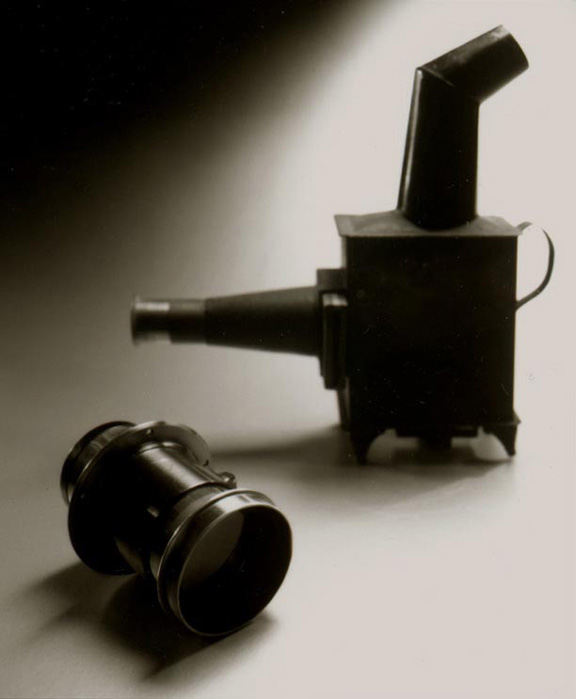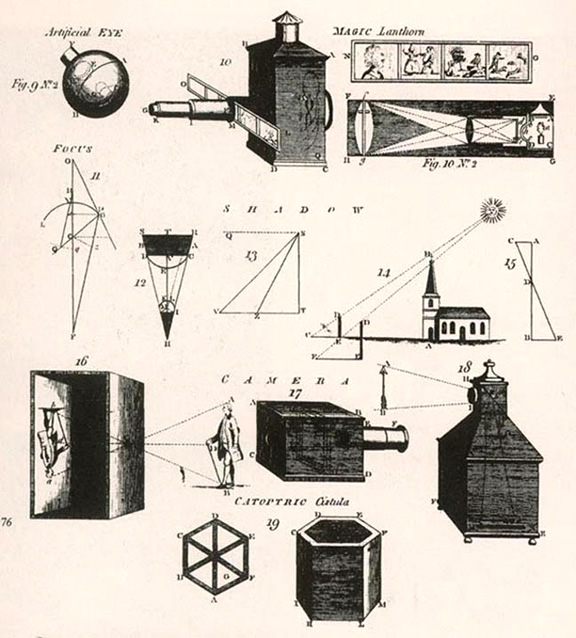Classic Lenses, Classic Film Processes
Hi folks
Please forgive my mistake in not making clear that 'WideOpen' is a site for film, this has caused a bit of confusion, and I apologize for that. I assumed that mentioning Classic lenses and the Alternative processes would be enough and I was wrong for making that assumption. 'WideOpen' is for all things film, and as an alternative, there are any number of digitally based or hybrid sites available for folks to upload digital work.
If you have links to your sites which include digital work, please feel free to create those links(a brief reference to the sites on those links, is of course, ok), it'll be up to folks if they want to peruse those sites, but in terms of what's discussed on, and what's uploaded on 'WideOpen', it needs to be film based.
I want to thank those folks for their understanding in deleting the images in question, it is very appreciated, especially in light of the amount of effort that always goes into sizing and uploading an image.
This is a new site, and I want it to grow, and I want everyone to feel welcome, so hopefully my clarifying this will smooth out the rest of the way, and I hope that I've caused no hard feelings because of this.
Take care
Laterna Magica
This journal entry records my initial contact with the artistry and magical whimsy of the 'Laterna Magica', the Magic Lantern. The word 'fanciful' I believe, best applies to the very imaginative use of the Magic Lantern, an optical instrument which is believed to have appeared sometime at about 1420. The Magic Lantern, whose operating principal, optical projection, was the reverse of the camera obscura, was used to project illustrations for an incredible 400 yrs. until the advent of photography and modern cinema.
As a photographer, I was unaware of all this, unaware of the Magic Lantern, until as chance would have it, I became interested in the imagery being produced by many contemporary photographers using the Petzval lens, a lens designed by James Petzval. The Petzval lens was used not only on Magic Lanterns, but on cameras, and later more modern projection devices.
In researching the background behind a T.H. McAllister lens of Petzval design I'd purchased, I learned that T.H. McAllister had been the only U.S. based manufacturer of the Magic Lantern. After this research, I'd become 'smitten' with the Magic Lantern, yes, I was bitten, and there seems to be no cure.
Additional research led me to the Magic Lantern Society and their books on the Magic Lantern. I was able to get in touch with Mike Smith, Honorable Secretary of the Magic Lantern Society, and I purchased their book, 'Iconography of the Magic Lantern, 1420-1880'.
An incredible book with the most beautiful illustrations, this is a book I heartily recommend to anyone wanting more on the subject of the Magic Lantern.
I've talked in only the most general of terms discussing this subject matter, because I'm completely new to it, and I believe anyone reading this and wanting more, would be better served by obtaining literature from the Magic Lantern Society.
With the permission of Mike Smith, Honorable Secretary of the Magic Lantern Society, I've reprinted an engraving with illustrations of 3 camera obscurae, a Magic Lantern, the optical system, and a four image panoramic slide.
Ackknowledgements: Reprinted with the kind permission of the Magic Lantern Society.


Petzval
I got a Petzval awhile back and while cleaning it today found that the elements were not in their correct order. Bound to happen over the past 100 years. Anyway I'm wrapped. My scanner is not good at all but I hope you get the idea. It works wonderfully on the 5x4.
More dabbling with the Lowly Turner Reich #2
This is a different lens than the first one I showed pics from.

Tea Things

Nash #1

Nash #2
I moved outdoors because I wanted to see if some of the softness would translate similarly when moved out from the subject. Both of these TR's are modified.
The Cooke Optics PS 945 Portrait Lens
This lens is the return of the Pinkham & Smith Visual Quality IV; multicoated and in a modern shutter, this 229mm lens is intended for 4x5 Large Format. The 'Portrait' moniker is somewhat misleading, the lens can be spectacular stopped down in a rendering of still life, or landscapes, anything. Credit Barbara Lowry and the folks at Cooke Optics for producing this lens, now a legend, which was based on a legend, the Pinkham & Smith, which in turn was used by legendary artists like Alvin Langdon Coburn to create dreams.
I used the Cooke PS945 on this 'Portrait of Dayna', to do what I could to 'play up' the bright and uplifting personality of Dayna who transmits a 'feelgood' quality of warmth when you're in her presence. She has the most beautiful skin, and a delightful smile that seems to come from within, and I tried my best to play this up, and not mess up on my end.
This was shot w/the one and only HP5, using what is commonly known as 'Butterfly' lighting('over and under'), and shot at not quite wideopen, but almost.

![[Your Site Name] [Your Site Name]](/storage/WideOpen%203%20tst2.jpg)
